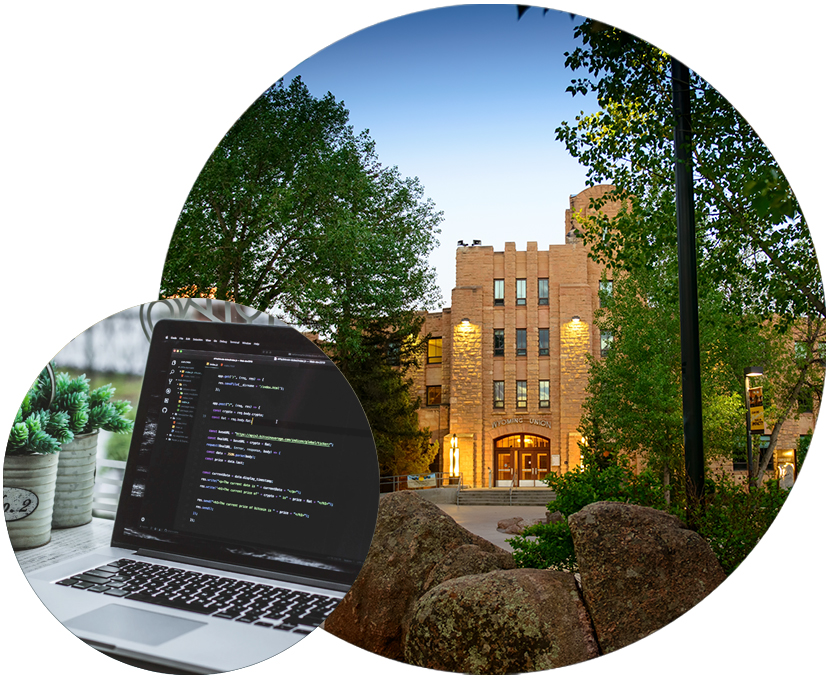undergraduate programs
Geospatial Information Science and Technology, B.S.
The B.S. in GIST provides a quality educational experience that combines proficiency in spatial thinking and geospatial data science analysis with fluency in geographic information systems, remote sensing, and visualization.
This degree requires [120] credits, [42] of which are upper-division credits.
Geographic Information Systems (GIS) Undergraduate Certificate
A Geographic Information System (GIS) is at the core of geospatial science, providing the tools and methods for collecting, managing, and analyzing spatial data. A modern GIS is powerful; it can be used to ask and answer questions about geographic phenomena on your laptop, online, or in high-performance computing environments. A GIS can be used to make simple or complex maps (cartography), to build and analyze complex spatial networks, or to combine spatial data layers to answer questions across geographic scales in science, engineering, business, and the humanities.
This certificate can be added to any major using the Change of Major form available at the Registrar’s Office Online Forms and Petitions site.
Required courses:
-
GIST 2190 - Introduction to Programming in Geospatial Information Science and Technology (Credits: 3)
-
GIST 2200 - Spatial Data Visualization (Credits: 3)
-
GIST 2310 - Intro to Geographic Information Systems (Credits: 4)
Remote Sensing Undergraduate Certificate
The undergraduate certificate in Remote Sensing provides opportunities for students to add training in how to use and interpret imagery acquired from aircraft, satellites, or ground-based platforms. The Remote Sensing certificate has one required 3-credit course plus electives for a total of 9 credits.
This certificate can be added to any major using the Change of Major form available at the Registrar’s Office Online Forms and Petitions site.
Core Requirements (3 credits):
-
GIST 3140 - Introduction to Remote Sensing (Credits: 3)
- OR one of the following courses -
-
GIST 4130 - Applied Remote Sensing (Credits: 3)
-
PLNT 4130 - Applied Remote Sensing (Credits: 3)
-
REWM 4130 - Applied Remote Sensing (Credits: 3)
Electives (6 credits):
-
Any remote sensing or UAS courses (6 credits)
How to Sign-up for a Certificate
-To sign up to earn undergraduate certificates in GIS or remote sensing, fill out a Change of Major form available from the UW Registrar's Office.
-Check the "Add a Certificate Program" box and fill in the other information.
You will need signatures from your advisor, the department head for your current major, and from the WyGISC GIST Program Director, Beth McMillan (Ag C Room 331) or designee.


